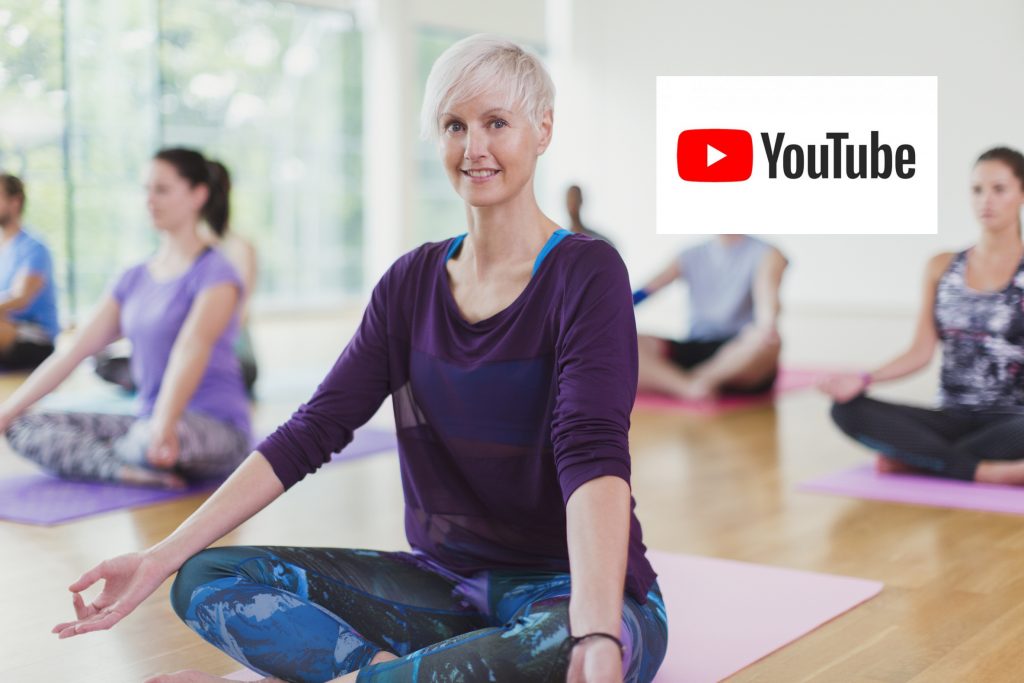
Including stretching as part of a training programme is often the most neglected aspect of a complete workout.
Read on to discover why it’s so important and the do’s and don’t’s of effective, safe, stretching.
Why we should stretch
There are two important reasons why we should stretch:
- To return the muscles to their pre-workout length
- To increase our range of movement or flexibility, (developmental stretching)
What are the benefits of stretching?
- It reduces the risk of injury when performing activity, whether specific training exercises or every day activities
- It improves your overall posture as tight/short muscles are prevented from pulling your bones to incorrect positions
- It improves your flexibility allowing you to enjoy the simple things in life such as tying your shoe laces or getting items down off high shelves
- It can reduce the amount of DOMS (delayed onset of muscles soreness) that you may experience post-workout.
Stretching safely
Stretching should not be used as a warm up. To prepare yourself for a workout you need to stimulate the blood flow in the muscles and ready the joints by triggering production of synovial fluid within them to mobilise those areas. Once you are warmed up sufficiently, you can then do some preparatory stretches on all the major muscle groups. Stretching before warming up properly can actually lead to injury as the muscles are not malleable enough to put under such forces. Think about how you warm up Blu-Tac before applying it. It’s a similar notion for muscles.

Different types of stretching
There a quite a few different types of stretching, however we’re going to look at just three of them:
- Preparatory stretches – as mentioned above, these are a series of short stretches that are commonly used at the end of the warm up to prepare the muscles. As a rule, these should not be held for more than 15 seconds as any longer would start enter the realms of developmental stretching, which we’ll cover next.
- Developmental stretches – These are usually performed at the end of the cool down. Again, working each of the muscles groups these stretches are generally held for around 30 seconds. This amount of time allows the muscles to “give up the fight against the force”, thus relaxing and allowing a deeper stretch. This type of stretching is particularly important for people with postural problems and those who perform repetitive movements such as cycling or typing.
- PNF stretching – PNF stands for proprioceptive neuromuscular facilitation and is actually a technique that combines passive stretching with isometric stretching. Usually performed with a partner to assist, the stretcher will resist against the partner’s application of stretch. For example, one application is to lie on your back with one leg raised. Your partner then takes hold of your foot/leg and gently pushes it towards your face. You then resist or push against their motion and hold. You then stop resisting, relaxing the muscles and your partner continues to apply the stretch. This kind of stretching is very effective and can stimulate very quick results and improvement. It does however carry risk of injury and this type of stretching should only be done under supervision of a professional.
Which muscles to stretch?
Focus on the major muscles groups:
- Hamstrings (backs of thighs)
- Quadriceps (front of thighs)
- Adductors (inside thighs)
- Calves
- Lower back
- Upper back
- Shoulders
- Biceps (front of arms)
- Triceps (back of arms)
- Chest
- Rhomboids (between the shoulder blades)
- Sides of the body
- Neck
What not to do
- Never bounce – this form of “ballistic” stretching was used a lot around 20 years ago however this can actually be harmful as it causes small tears in the muscles fibres at best, terrible injuries at worse.
- Never aim for pain – All stretches should be held at a position where you can feel mild tension. If it hurts you’re going to far.
- Stretch when injured – If you have an injury or some other condition, you should always check with your physician before stretching as you may worsen your problem.
- Don’t use unsafe props – Avoid using things such as chairs or shelves to stretch on as they could break, collapse or slip out from under you. Always use equipment built for the purpose!
If you’d like to be shown some stretches you can incorporate into your workout, just let me know!




